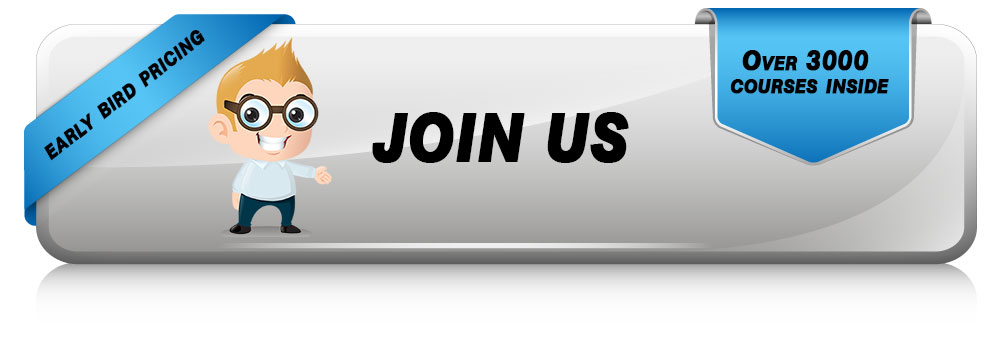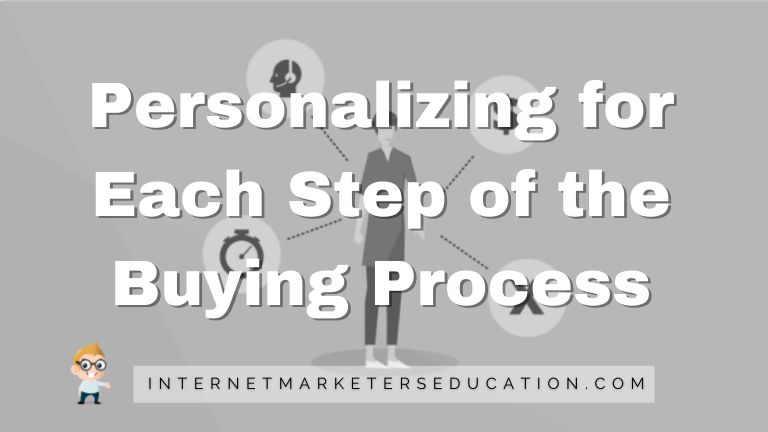
Personalizing for Each Step of the Buying Process
Personalization is a must these days if you want to truly connect with your customers and prospective customers in order to give them the kind of experience that will lead to their satisfaction and you making sales.
It is also important to understand a typical buying process and sales cycle, so you can move your prospective customer from first encountering you or a particular product, all the way through to buying that product.
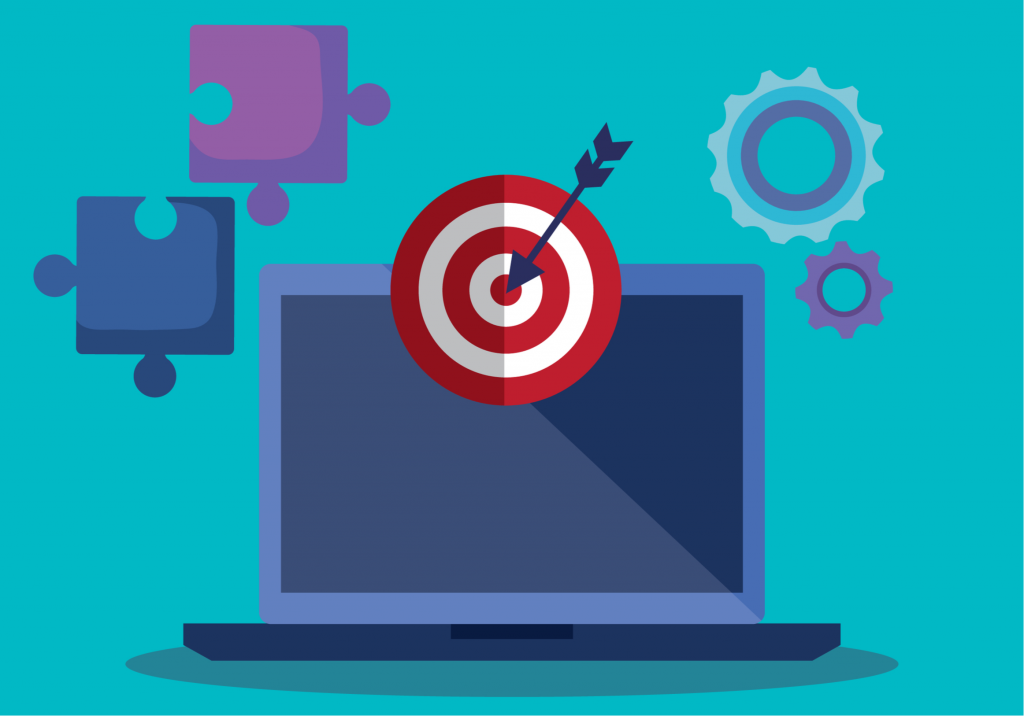
There are basically five steps to the typical buying process:
1. Identifying a problem or need
2. Researching solutions
3. Comparing solutions side by side
4. Purchasing
5. Follow-up and customer satisfaction, or a request for their money back
The messaging you put in front of them at each of these five stages can make all the difference between a sale and a pass, and between a happy customer and a disgruntled one.
Let’s look at the kind of personalized message you can use at each of these stages.
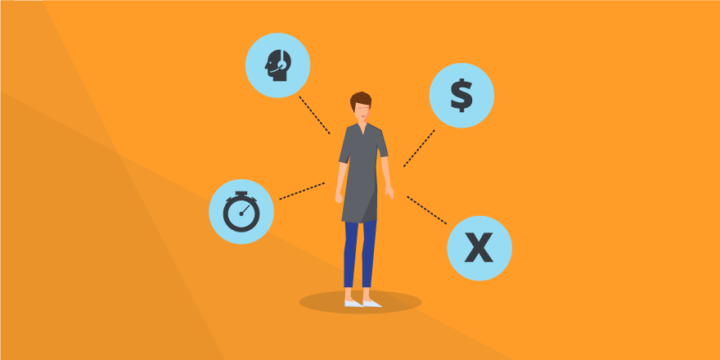
1. Identifying a Problem or Need
Most of your marketing will be in relation to this phase. Your whole website or blog should have content that speaks to the needs of your target audience. Using a content personalization engine at your site can then provide more and more of the answers to the problems your site visitors are having. It will personalize the content they see.
2. Researching Solutions
Your site will show that you understand the main problems in your niche, and offer viable solutions at the right price. Your content engine will personalize the product offers they see. Your email marketing segmentation can also present them with the right offers.
Retargeting will keep your products under consideration as they go around the internet researching solutions. Many top websites allow for retargeting, so they will see your product X over and over again. If they do buy product X, then the retargeting ads will no longer be shown. But if they have clicked on other products at your site, they can be retargeted too.
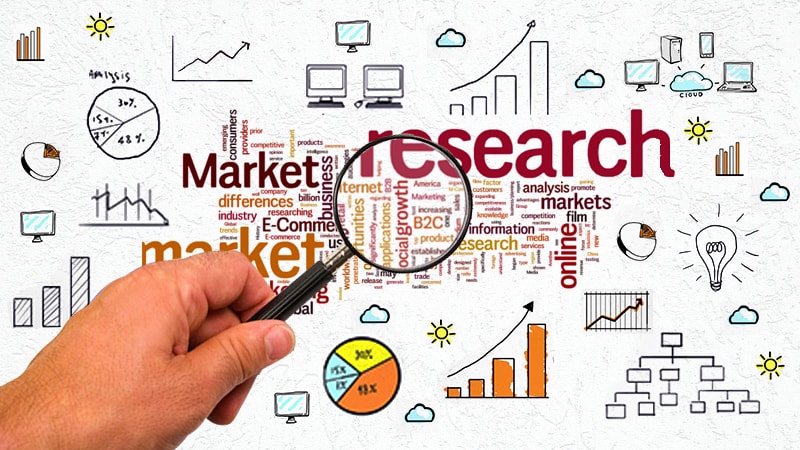
3. Comparing Solutions Side by Side
At this point, your prospective customer should be getting to the narrowing down process. Side-by-side comparisons with similar products, but which show the value that you offer, can sway their decision in your favor. Table, charts, diagrams, features and benefits, testimonials and reviews, are just the types of personalized content they will be looking for.
4. Purchasing
During the purchasing process, be sure the sales data carries forward on the page into a receipt they can keep. Also send an email thanking them for their purchase. Segment them onto a customer list for that product so you can support them with any customer service issues and also further personalize your email marketing to them by putting the right offers in front of them, not offers for items they have already bought.
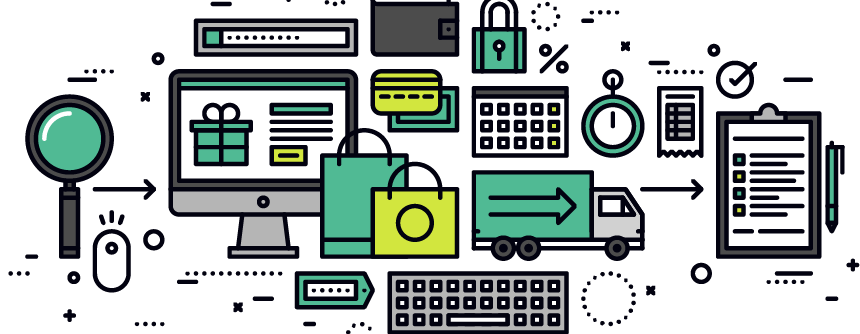
5. Follow-Up and Customer Satisfaction, or a Request for Their Money Back
Putting them on a customer list for a particular product can put you in direct communication with them in case they have any questions or problems. You can also add real value with hints and tips, a quick-start guide to using the product, and so on. These little surprise gifts and bonuses don’t cost much in terms of time and effort, but they can have a huge impact in terms of customer satisfaction and their perception of your company.
Consider sending them a coupon as well. Studies have shown that those who purchase once are likely to do so again shortly afterwards if they see something else they really need from the same company and the price is good.
If you do get a request for a refund, give it promptly and courteously. Do ask the reason, but don’t demand one. Leave them in the customer segment. You can personalize their offers by not continuing to promote to them the item they have already decided to return.
